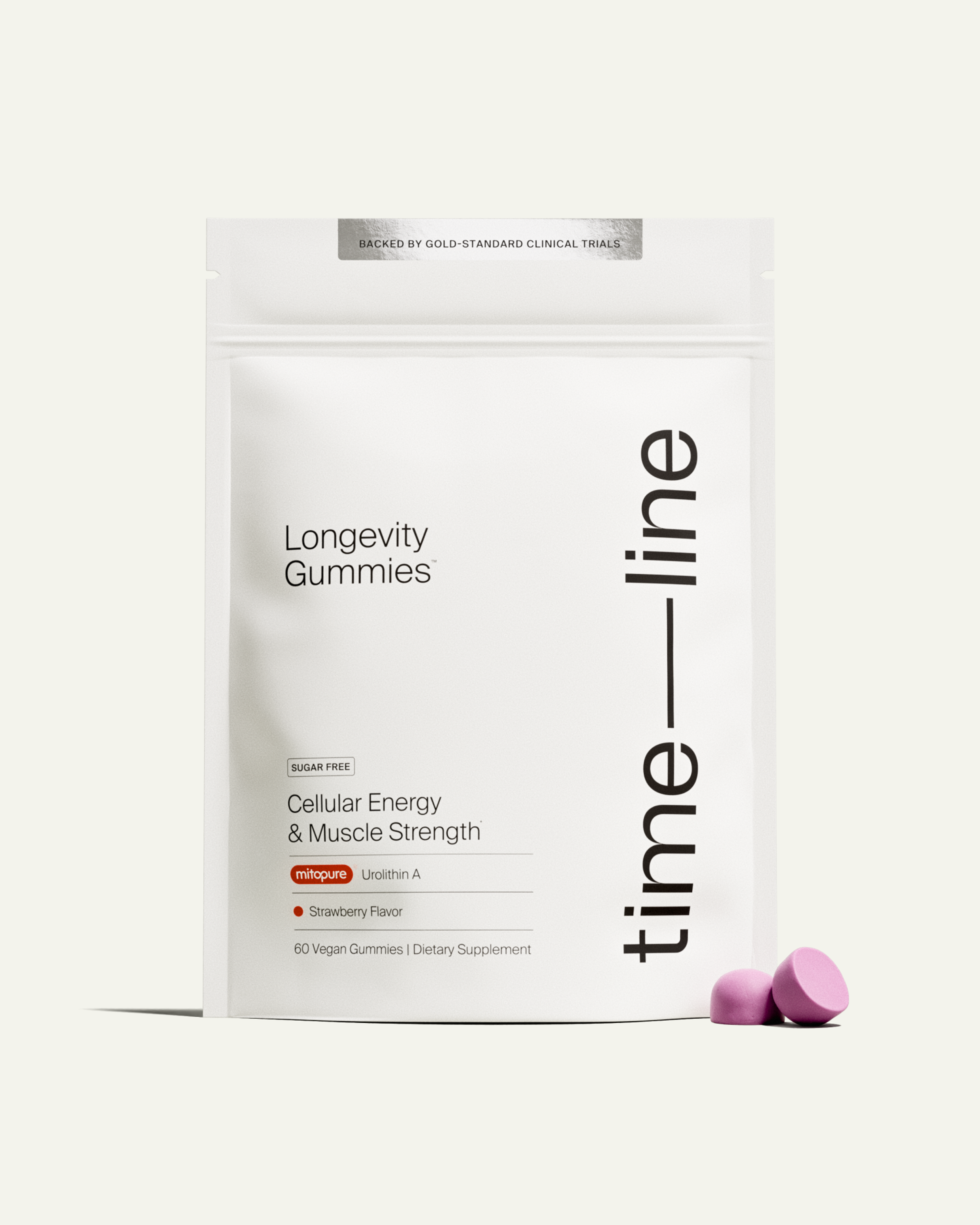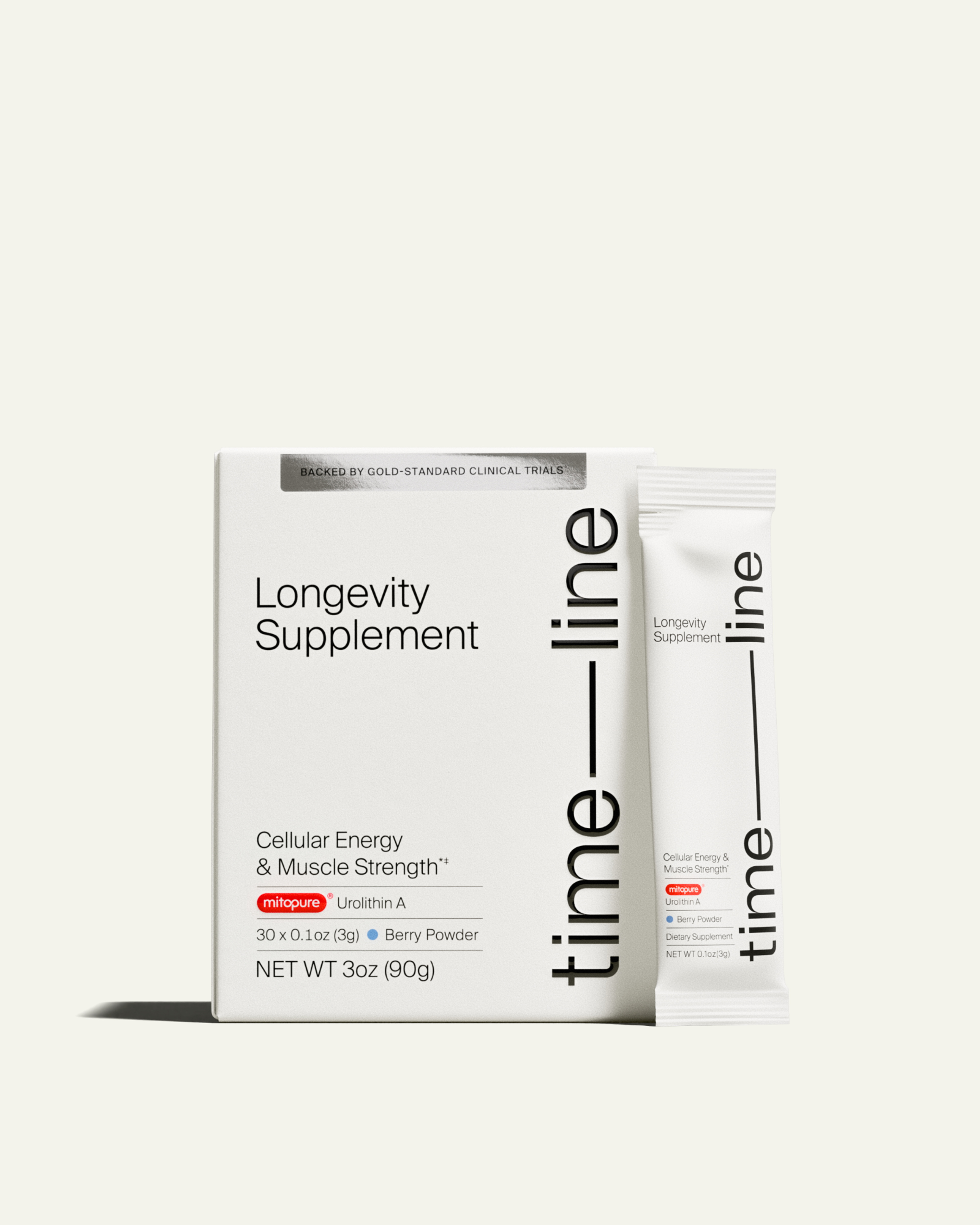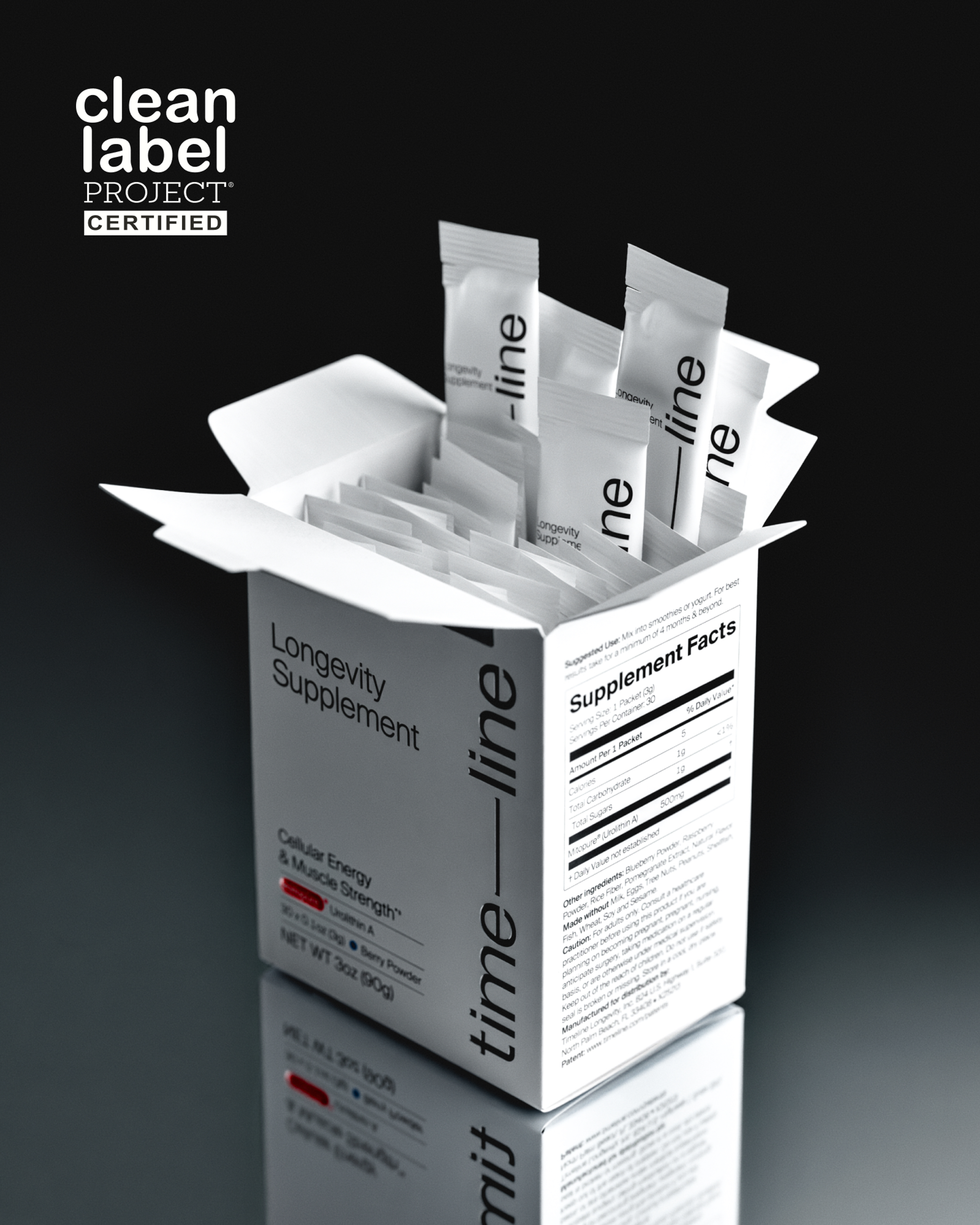·
A quick guide to the updated hallmarks of aging
Aging occurs when our cells start to decline in function. Scientists have identified 12 hallmarks of aging that drive the research.
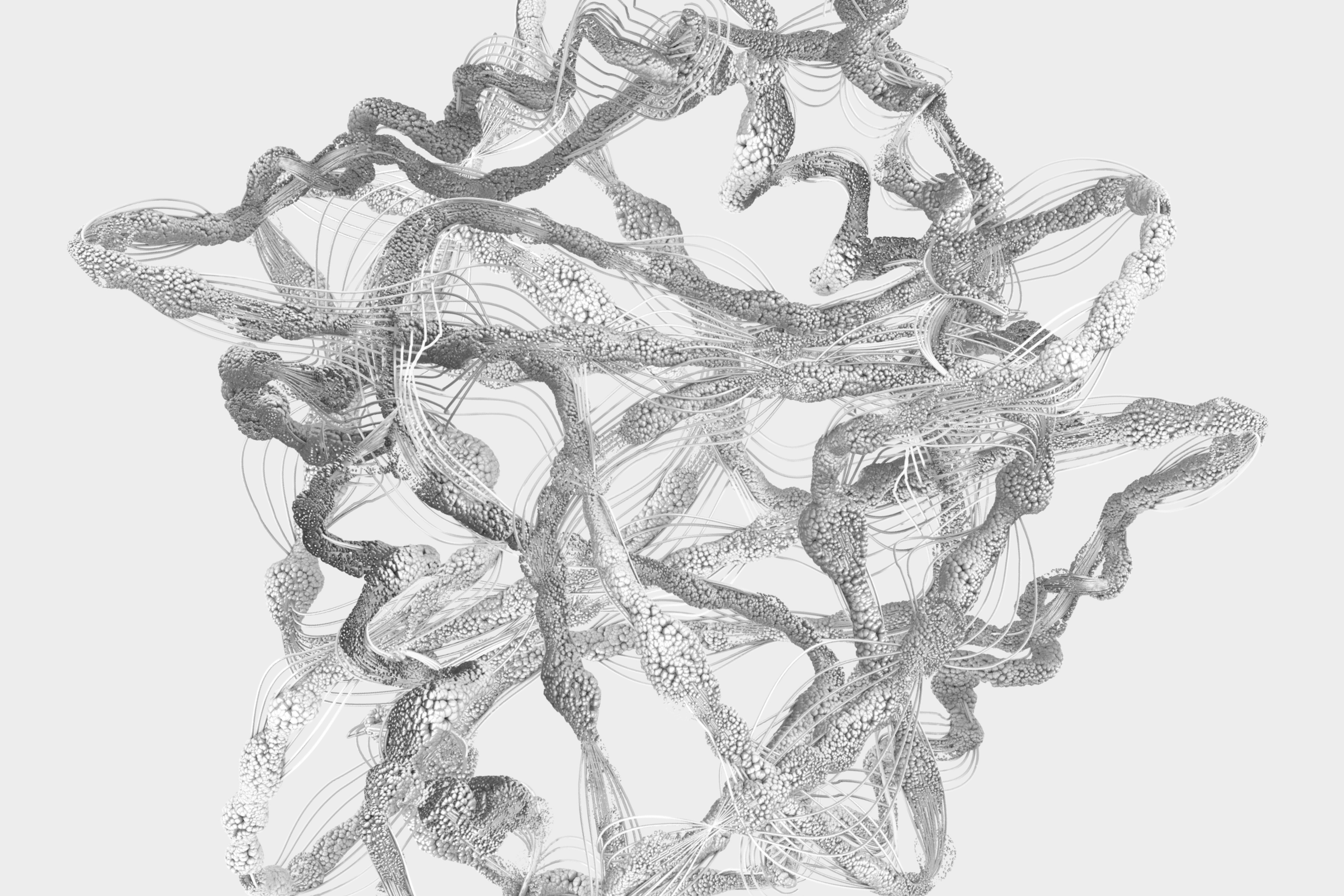
Getting older is an inevitable part of life. It is a sign of maturity and wisdom. Yet it also brings about physical and mental changes and, for many, debilitating chronic diseases.
The question of why and how we age has captivated philosophers and scientists alike. While the true meaning of life may still elude us, significant progress has been made in better understanding the biology of how we age.
While we have yet to uncover the fountain of youth, recent scientific breakthroughs have helped us to discover clues that may help us slow down the aging process and better treat age-related disease.
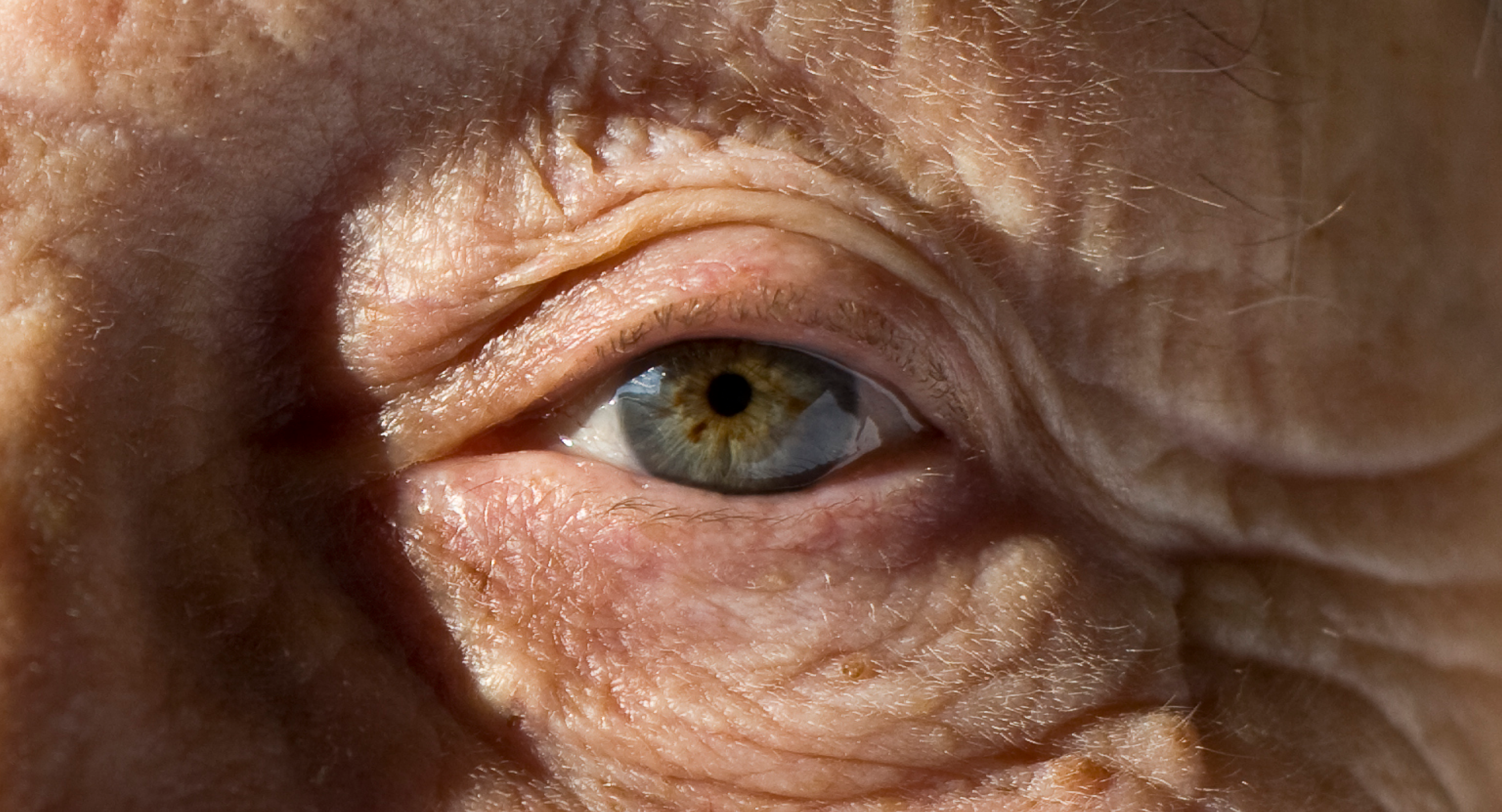
What is aging?
According to the World Health Organization, “aging results from the impact of the accumulation of a wide variety of molecular and cellular damage over time.”[1] This slow decline in function increases the risk of many age-related conditions, including diabetes and cancer, as well as cardiovascular and neurodegenerative disorders.
Researchers who explore the biology of aging closely study molecules and cellular stressors involved in the aging process to help identify ways to prevent, treat, and even reverse many of these chronic conditions.

Diagramatic illustration of a human cell and it's processes.
What are the hallmarks of aging?
Ten years ago, scientists published a landmark paper defining nine hallmarks of aging. The goal of this paper was to “identify and categorize the cellular and molecular hallmarks of aging” with the hopes that it would help build a framework for future aging studies and drive the discovery of interventions to improve longevity in humans.[2]
To be included in the list of hallmarks of aging, three conditions must have been met:
- It is seen during the normal course of aging
- If worsened, it speeds up the aging process
- Interventions can be applied that slow down aging and consequently increase life expectancy
While there is some hierarchical relationship between the hallmarks, many are interconnected. Some therapies can target individual hallmarks one at a time, but the entanglement of hallmarks allows a multipronged approach to treating diseases of aging and prolonging lifespan.
Over the course of the past decade, these hallmarks have withstood scientific scrutiny, however much progress has been made in the field of longevity science. Close to 300,000 scientific articles on the topic have been published, bringing to light new findings and discoveries. With that in mind, a new edition of the "Hallmarks of Aging" was published to capture all the new knowledge accumulated over the past ten years.
What’s new to the paper?
The most notable change to the original paper was the addition of three new hallmarks.
- Disabled macroautophagy (including mitophagy),
- Chronic inflammation
- Dysbiosis
In addition to the new hallmarks, the authors include a list of preclinical and clinical trials for interventions that have anti-aging effects. Urolithin A’s ability to stimulate mitophagy and improve muscle endurance and performance in humans was included in the list of interventions that target disabled autophagy.
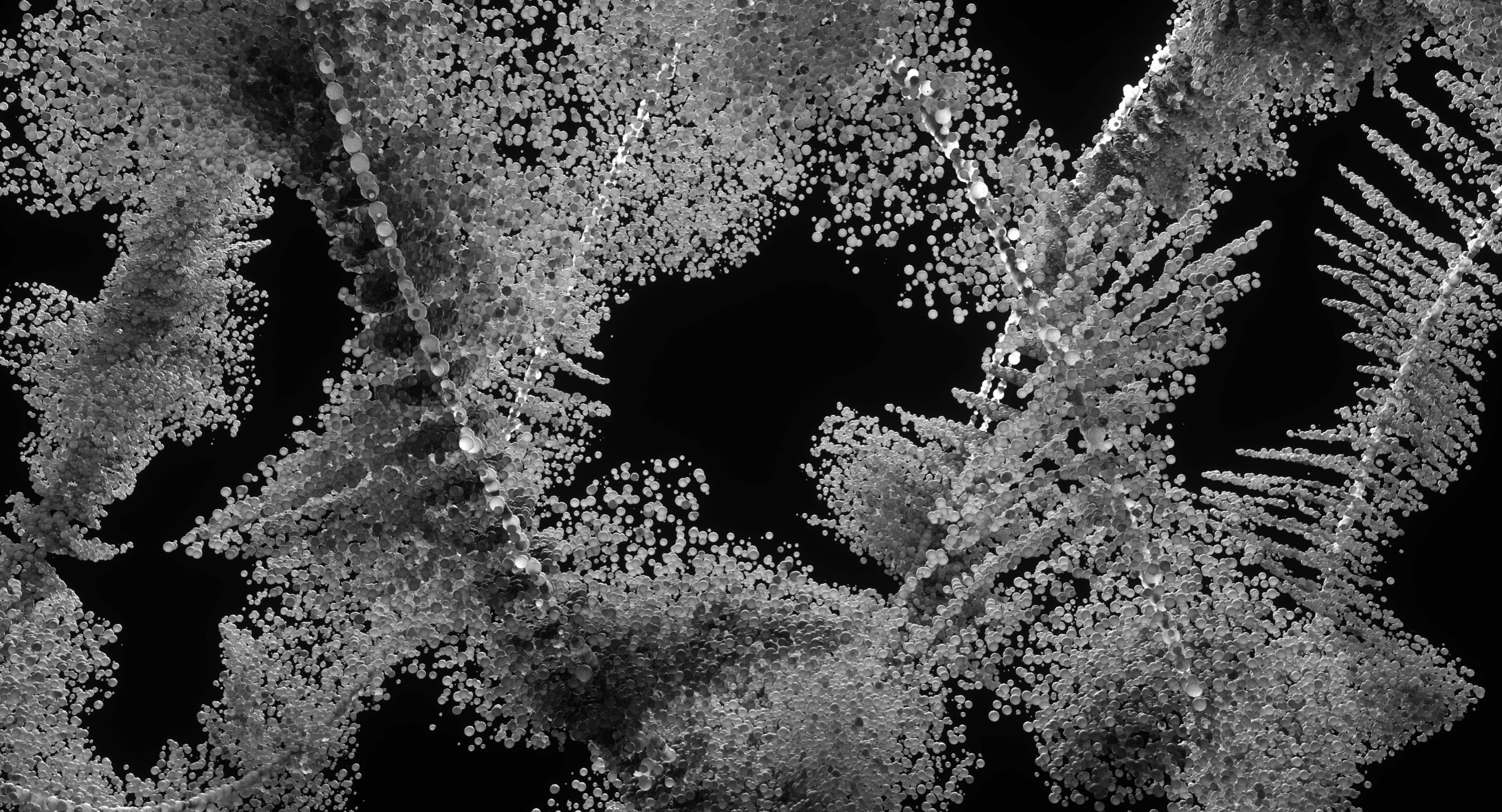
What are the twelve hallmarks of aging
The hallmarks of aging are complex biological processes that occur in our cells.
1. Genomic instability - The American Cancer Institute notes that “genomic instability is caused by defects in certain processes that control the way cells divide.”[3] Damage to our genetic material (genome) is a natural part of aging and can occur from errors in how our DNA replicates or from free radical damage. Exposure to elements like UV rays, radiation, and chemicals like those found in tobacco accelerates DNA damage.[4]
2. Telomere attrition - Telomeres are a region of DNA at the end of your chromosomes that act as protective caps. The length of telomeres shortens as cells go through rounds of division, linking it to genetic instability. Lifestyle factors like diet can increase or decrease telomere shorting. Shorter telomeres have been associated with higher rates of diseases like cancer and accelerated aging.[5]
3. Epigenetic alterations - Epigenetics refers to the changes in your gene expression based on your environment or certain behaviors. Our genes influence what proteins are produced by the cell, helping to ensure that the cell performs its necessary functions. Diet, exposure to pollutants and other environmental factors can lead to epigenetic changes, and a variety of epigenetic changes contribute to aging.[6]
4. Loss of proteostasis - Each of our cells has thousands of different types of proteins, and the maintenance of these proteins is called proteostasis. As we age, impairment in protein homeostasis occurs, and this has been linked to neurodegenerative conditions such as Alzheimer's and Parkinson’s disease.[7]
5. Disabled macroauthphagy - This newly added hallmark refers to the decline in the ability of cells to break down and recycle damaged cellular components. Mitophagy is a specific type of autophagy where dysfunctional mitochondria are renewed. As we age, the autophagy process is decreased, leading to the accumulation of damaged cells and organelles. Mitopure (Urolithin A) can induce mitophagy and has been shown to improve muscle strength and endurance and reduce inflammatory markers in humans.[8]
6. Deregulated nutrient-sensing - The ability of the cell to sense the changes in nutrient levels is essential for life. The cell must respond differently if food is present or absent. These pathways are often altered in metabolic diseases like obesity and diabetes. A poor diet can accelerate this hallmark, whereas good nutrition and intermittent fasting can improve the nutrient-sensing pathways.[9]
7. Mitochondrial dysfunction - The mitochondria generate energy for our cells but also play a role in cellular inflammation. As we age, mitochondrial function declines in part due to damaged mitochondrial DNA, oxidative stress, and impaired proteostasis.[10] In addition to diet and exercise, optimizing mitophagy with Mitopure can improve the health of the mitochondria.
8. Cellular senescence - Senescence refers to the process where aging cells lose their ability to divide but do not die. Senescent cells can accumulate in the body and release harmful substances that cause inflammation and damage to nearby cells, and they may play a role in the development of cancer and other chronic diseases.[11]
9. Stem cell exhaustion - Stem cells are essentially “starter cells.” These cells divide and become the specialized cells that make up our skin, lungs, heart, and other tissues. As we age, we see a reduction in the ability of tissues to repair, which is driven by stem cell exhaustion. Stem cell therapy is already being used as a means to help repair diseased or injured tissue, utilizing stem cells grown in a lab.[12]
10. Altered intercellular communication - Our cells have a complex set of pathways that they use to transmit important information. As we age, there are changes in how cells communicate with each other. Chronic inflammation (inflammaging), changes in our gut microbiome, and the accumulation of senescent cells can alter our cells' ability to communicate accurately with each other.[13]
11. Chronic inflammation - Also known as inflammaging, chronic inflammation has been linked to numerous age-related conditions, from heart disease to arthritis to neurodegenerative disease. Inflammaging can occur as the result of alterations in other hallmarks of aging such as genomic instability and disabled autophagy.[14]
12. Dysbiosis - The gut microbiome has emerged as a key player in many conditions and it changes as we age. The microorganisms that live in our gut produce important molecules we need to thrive, including some vitamins, short-chain fatty acids, amino acids, and molecules like Urolithin A. When there is an imbalance in the microbiome, these important metabolites will not be available to us. Additionally, the microbiome plays a role in our nervous system and immune function.[15]
Key takeaways
Unless you are studying longevity science, knowing the complex biological mechanisms for each hallmark is not necessary. It should also be made clear that many of the advancements in our knowledge of how cells age and the therapies available are based on preclinical trials. It is still unclear what strategies will be the most effective in prolonging life and health span in humans.
Instead of focusing on each individual hallmark, following the basic principles of a healthy lifestyle is the best bet for increasing your health span. This includes a healthy diet, intermittent fasting, exercise, and good sleep. When choosing supplements with the goal of addressing healthy aging, look for ones with a clear benefit established by clinical trials such as Mitopure.
Authors

Written by
Director Science Communications
References
- ↑
World Health Organization. Ageing and health. World Health Organization. Accessed January 20, 2023. https://www.who.int/news-room/fact-sheets/detail/ageing-and-health
- ↑
López-Otín C, Blasco MA, Partridge L, Serrano M, Kroemer G. The Hallmarks of Aging. Cell. 2013;153(6):1194-1217. doi:10.1016/j.cell.2013.05.039
- ↑
National Cancer Institute. Definition of genomic instability. National Cancer Institute. Accessed January 20, 2023. https://www.cancer.gov/publications/dictionaries/cancer-terms/def/genomic-instability
- ↑
López-Otín C, Blasco MA, Partridge L, Serrano M, Kroemer G. The Hallmarks of Aging. Cell. 2013;153(6):1194-1217. doi:10.1016/j.cell.2013.05.039
López-Otín C, Blasco MA, Partridge L, Serrano M, Kroemer G. Hallmarks of aging: An expanding universe. Cell. Published online January 3, 2023. doi:10.1016/j.cell.2022.11.001
- ↑
Shammas MA. Telomeres, lifestyle, cancer, and aging. Curr Opin Clin Nutr Metab Care. 2011;14(1):28-34. doi:10.1097/MCO.0b013e32834121b1
- ↑
Centers for Disease Control and Prevention. What is Epigenetics? Centers for Disease Control and Prevention. Published August 15, 2022. Accessed January 20, 2023. https://www.cdc.gov/genomics/disease/epigenetics.htm
- ↑
López-Otín C, Blasco MA, Partridge L, Serrano M, Kroemer G. The Hallmarks of Aging. Cell. 2013;153(6):1194-1217. doi:10.1016/j.cell.2013.05.039
López-Otín C, Blasco MA, Partridge L, Serrano M, Kroemer G. Hallmarks of aging: An expanding universe. Cell. Published online January 3, 2023. doi:10.1016/j.cell.2022.11.001
- ↑
López-Otín C, Blasco MA, Partridge L, Serrano M, Kroemer G. Hallmarks of aging: An expanding universe. Cell. Published online January 3, 2023. doi:10.1016/j.cell.2022.11.001
- ↑
Efeyan A, Comb WC, Sabatini DM. Nutrient Sensing Mechanisms and Pathways. Nature. 2015;517(7534):302-310. doi:10.1038/nature14190
- ↑
López-Otín C, Blasco MA, Partridge L, Serrano M, Kroemer G. Hallmarks of aging: An expanding universe. Cell. Published online January 3, 2023. doi:10.1016/j.cell.2022.11.001
- ↑
National Cancer Institute. Definition of senescence. Accessed January 20, 2023. https://www.cancer.gov/publications/dictionaries/cancer-terms/def/senescence
- ↑
Mayo Clinic. Answers to your questions about stem cell research. Mayo Clinic. Published 2022. Accessed January 20, 2023. https://www.mayoclinic.org/tests-procedures/bone-marrow-transplant/in-depth/stem-cells/art-20048117
- ↑
López-Otín C, Blasco MA, Partridge L, Serrano M, Kroemer G. Hallmarks of aging: An expanding universe. Cell. Published online January 3, 2023. doi:10.1016/j.cell.2022.11.001
Fafián-Labora JA, O’Loghlen A. Classical and Nonclassical Intercellular Communication in Senescence and Ageing. Trends Cell Biol. 2020;30(8):628-639. doi:10.1016/j.tcb.2020.05.003
- ↑
López-Otín C, Blasco MA, Partridge L, Serrano M, Kroemer G. Hallmarks of aging: An expanding universe. Cell. Published online January 3, 2023. doi:10.1016/j.cell.2022.11.001
- ↑
López-Otín C, Blasco MA, Partridge L, Serrano M, Kroemer G. Hallmarks of aging: An expanding universe. Cell. Published online January 3, 2023. doi:10.1016/j.cell.2022.11.001

·
Nutrition·
The Science Behind Why Pet Owners Tend to Live Longer
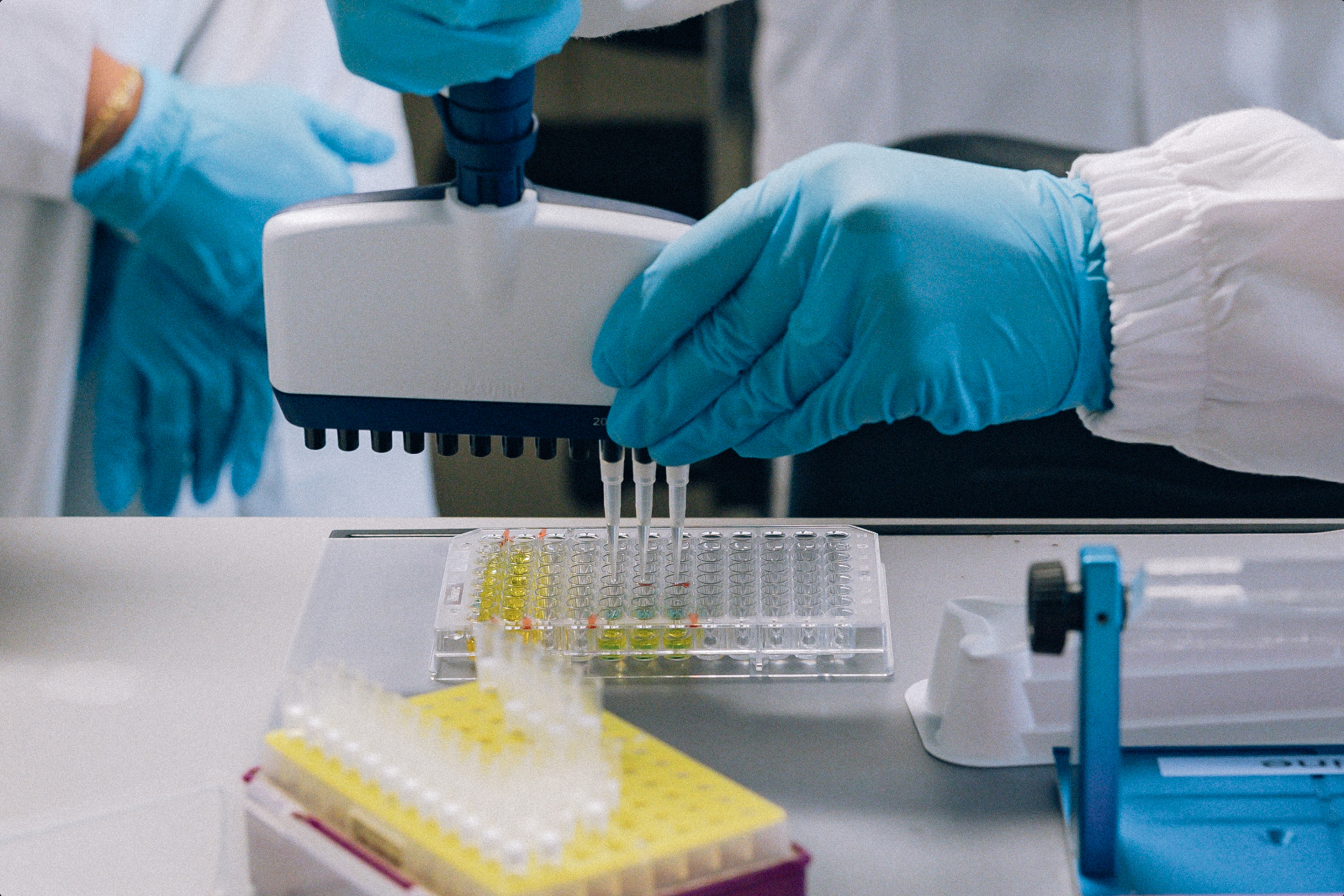
·
Nutrition·
Studies·
